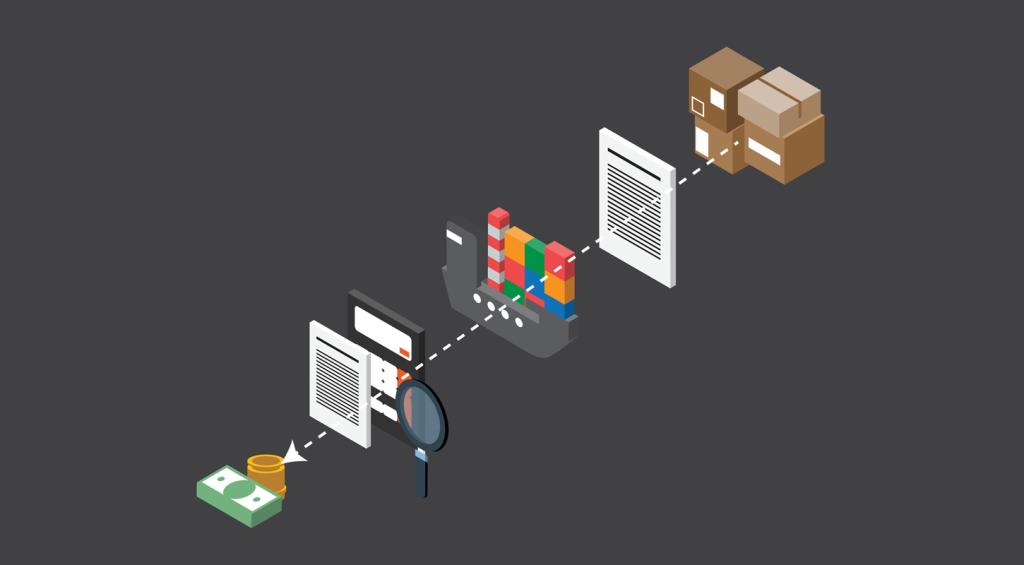
Spot rates are starting to fall — now slightly down from the all-time highs of 2022 — but they’re still hovering far above what many shippers can afford without upending their freight budgets. Shippers are always in search of sustainable ways to save money. Expectations have prices remaining high, and possibly rising again in 2023, which makes it the perfect time to consider other cost-saving policies.
Now’s the time for shippers to tap into freight payment and audit data to better understand how to maximize the value of their freight expenses. Rather than searching out the cheapest carriers or trying to cut corners to save pennies, freight payment and audit data open the door to cost reductions that might otherwise go unexplored.
Tips for Reducing Freight Costs
Here’s a look at five tips for keeping freight costs low in 2023, and how freight payment and audit data can help.
1. Understand and Negotiate Accessorials
Accessorial charges are often the subject of focus in freight audits because they’re frequently misapplied or ignored. Shippers diligently auditing are likely to find instances in which incorrect accessorial charges resulted in missed savings. Using this audit data, shippers can accurately identify where they’re overspending and ensure these charges are factored in upfront, for more transparent pricing that leads to money-saving decision-making.
2. Standardize Rate/Charge Applications
Working with a pool of carriers that all operate on different service level agreements quickly gets confusing. You’re likely to have a variety of rates across carriers, lanes, and modes of transport, which complicates freight payment and leads to costly errors. Instead, ensure you have a way to standardize the process of applying freight rates for each carrier through your transportation management system (TMS). Moreover, work to standardize terms, including accessorials, as much as possible across carriers to save money. Repeatability means predictability, which begets cost control.
3. Maintain Steady Lane Volumes
Comb through your freight payment data to see exactly where you’re spending across shipping lanes. Understanding the allocation of your freight demands will put you in a better position to negotiate rates and identify carriers to meet your needs. This also factors into cost-saving initiatives such as consolidating volume, reducing dunnage, and decreasing dead freight. As a bonus, steady lane volumes can improve carrier-shipper partnerships.
4. Ship Off-Peak When Possible
Juxtaposing TMS data against freight payment insights can shed light on off-peak shipping opportunities. This is especially important as shippers reorganize their supply chains to be more cost-efficient. Look for opportunities to ship off-peak to save on costs and expedite the movement of goods through strategic channels. You may even find opportunities to lock in better rates through guaranteed off-peak volumes.
5. Efficiency
Efficiency is the best way to reduce bottom-line costs. Leverage freight payment and audit data to better understand where inefficiencies exist and look for ways to remedy them. Where are you paying for excessive detention time? What opportunities exist to better plan runs and lock in lower costs? Use the data available to you to review upfront and back-end costs, and look for ways to trim the fat.
Data Reveals Opportunities to Save
Keep in mind that these are just five ways to pursue freight cost reductions in 2023; there are many other avenues to explore. It all comes back to understanding your spending, where and why you are spending money, and what value you are getting. Transparency is key to driving savings, and nVision Global is here to help you achieve it.